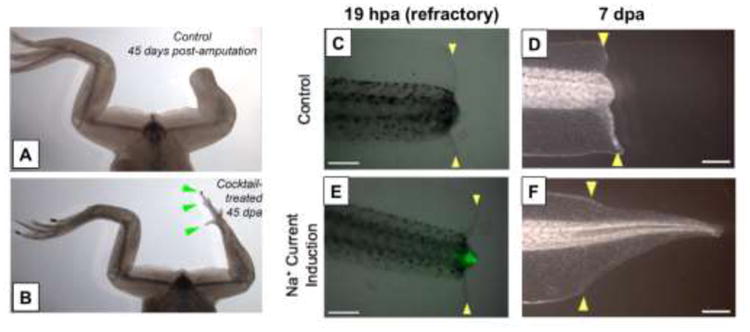Figure 3. Large-scale bioelectric patterns are instructive for shape.

(A-B) Limb regeneration does not normally occur in post-metamorphic froglets. After only 24 hours of exposure, an ionophore cocktail designed to specifically alter the bioelectric state of the blastema triggers growth of an entire limb (green arrowheads indicate the appearance of distal elements such as toes and toenails). Used with permission from (Tseng and Levin, 2013). (C-D) During the refractory period in Xenopus, tail regeneration does not occur. (E-F) A one-hour exposure of the animal to an ionophore cocktail induces sodium influx into the bud, which triggers the regeneration of an entire new tail. This example illustrates how a simple signal can trigger a complex, self-limiting downstream morphogenetic cascade appropriate in orientation, scaling, and location within the host organism. Exploiting such endogenous “master-regulator” triggers may be a powerful strategy for regenerative medicine, to restore complex organs long before we have the knowledge to micromanage its creation from specific cell types. Yellow arrows indicate location of amputation. Abbreviations: hpa, hours post amputation; dpa, days post amputation. Modified with permission from (Tseng et al., 2010a).
